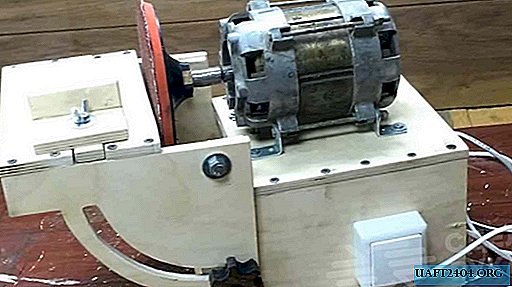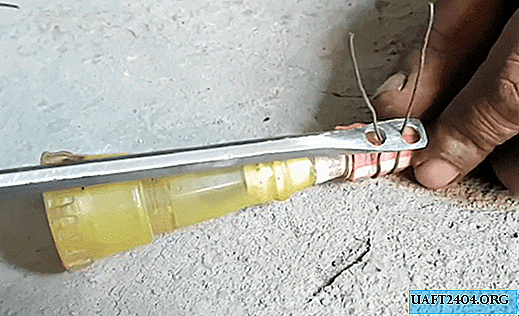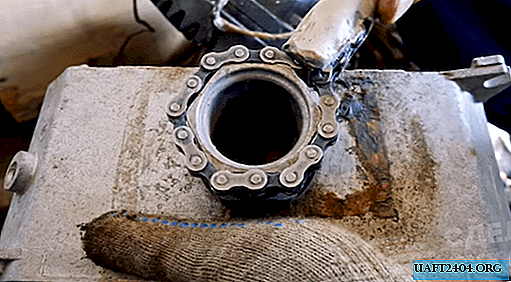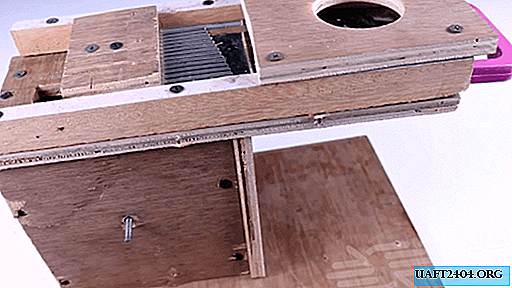Share
Pin
Tweet
Send
Share
Send
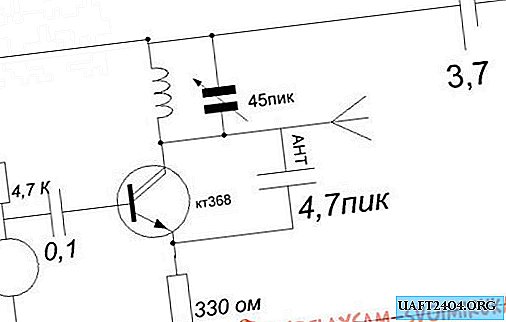
A microphone amplifier with a low-power transistor was added to the circuit to increase the sensitivity of the microphone, but as it turned out in vain, since the difference with the amplifier and without it was negligible, therefore, for your consideration, I propose a circuit without a microphone amplifier. This is perhaps the simplest of all known schemes. The transmitter is made on only one transistor of the CT 368 series. The circuit contains 5 to 6 turns of wire with a diameter of 0.7 mm. The antenna is a piece of wire with a length of 8 - 10 mm (if you make the frequency longer), the microphone is the most ordinary, it was removed from the same phone. Electret microphones in themselves already have one amplifier stage, therefore they can provide sensitivity up to 5 meters without an additional microphone amplifier.


After checking, the circuit was transferred to a flexible board. The beetle is assembled using smd components, but for beginners I advise you to use ordinary radio components to begin with. The range of supply voltages is from 3 to 9 volts. It is very convenient to feed the bug from the crown with a voltage of 9 volts. The current consumption is not more than 9 mA, that is, an ordinary crown lasts for 3 to 4 days of continuous operation of the bug.


The device remains operational even when the supply voltage drops to 2 volts. True, the range of the bug turned out to be small, only 40 meters with direct visibility. Caught on a Chinese receiver for 150 rubles.
Share
Pin
Tweet
Send
Share
Send

